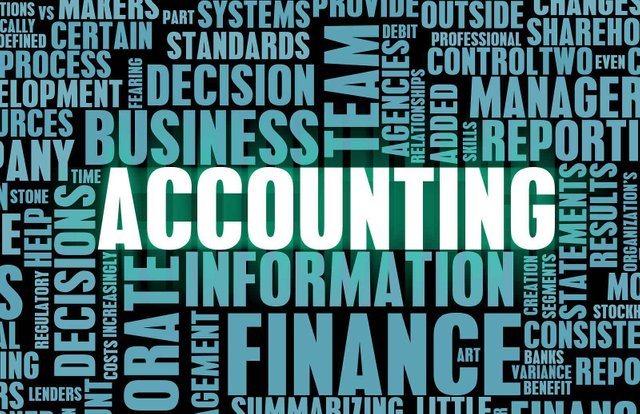Accounting 101 – Generally Accepted Accounting Principles (GAAP)

Generally Accepted Accounting Principles
This is a set of standards that is followed and practiced internationally. Accountants and bookkeepers are expected to follow these in order to provide consistent financial statements.
Historical Cost Principle or Cost Recognition Principle
This principle dictates that all assets should be recorded at their original cost at the time of purchase, regardless of the increase or decrease in its actual market value and the time that it is recorded. For instance, Company A purchased a delivery truck at a discounted price of $800 on January 2017. The original price of the truck is $1500. The bookkeeper recorded the transaction a week later -- just as the sale has ended -- in the amount of $800 despite its current market value.
Fair Value Principle
In contrast to the historical cost principle, fair value principle states that all assets and liabilities should be recorded at its fair market value at the time of the recording. This only applies for certain assets that are used for trade-offs or for investment purposes. For example, Company A decides to sell the delivery truck after 5 years. Its fair market value has decreased to $300. The transaction will now be recorded for $300 under Owner’s Capital. The computation for this type of transactions will be discussed further in the future.
Full Disclosure Principle
This principle states that all relevant information must be recorded and relayed to the involved parties. (e.g. investors, creditors)
Going-concern Principle
This principle assumes that the business will go on long enough to carry out its commitments and proceed with its concerns.
Matching Principle
This principle requires the business to record its expenses in accordance to their revenues in that certain period using the accrual basis of accounting. This means that the amount of expenses and salaries should be recorded at the time it is incurred regardless of when it is paid.
Revenue Recognition Principle
Still in compliance with the accrual basis of accounting, this principle states that revenues must be recorded at the time when the services are performed or the goods are delivered, regardless of when the payment was received.
Time Period Assumption
This principle assumes that the financial reports can cover a certain period of time, thus, income statements must state the amount of time that has lapsed after the last income statement was issued. (e.g. For the month ended January 31, 2017, For the week ended February 7, 2017, etc.)
Monetary Unit Assumption
This assumption requires that the company should only record transactions that has monetary value and economically significant. This means that events such as the death of the owner, debt of gratitude, etc. needs not to be stated in the reports. This assumption also requires that the financial reports should only use a single monetary unit throughout the given cycle.
Economic Entity Assumption
The entity assumption requires that the company’s financial statements should not in any way be combined with that of the owner’s. In other words, the owner’s personal expenses (e.g. personal loans, daily expenses, etc.) should be kept entirely separate from that of the business. For example, Mr. A credited $10,000 from Bank XY. Half of the amount was used to purchase an equipment for his shop, while the other half, he spent to celebrate his birthday. Therefore, the business only owes the bank $5000.
Materiality
This principle allows the accountant to violate a certain principle based on his or her professional judgment. This includes an accountant’s judgment on an immaterial expense over the matching principle.
Conservatism
This principle states that the business should anticipate losses rather than its gains. In cases such as double-entry errors, the accountant is expected to record the lesser amount of a revenue or asset.


Activity:
Identify the principle or assumption that was violated in each of the transactions below.
- In 2012, Company B purchased a property for $300,000. This year, the value of the property has increased to $500,000. For the current accounting cycle, the bookkeeper recorded the asset at its fair market value.
- An international company records their transactions in dollars and euros, depending on the currency that their client used to pay them with.
- The business is planning to loan from Bank Z as an additional investment. Their bookkeeper purposefully omitted that the business has not yet paid its previous loan with Bank XY.
Previous Lesson:
Accounting 101 – The Accounting Process: Identify, Record, And Communicate
References:
- Accounting Principles 12th Edition (p.8-10), by J.J. Weygandt, P.D. Kimmel, D.E. Kieso
- Acounting: An Introduction 4th Edition (p.7-10), by E. McLaney, P. Atrill
- https://www.accountingcoach.com/accounting-principles/explanation
- http://www.accountingfoundation.org/jsp/Foundation/Page/FAFBridgePage&cid=1176164538898

Learning is FUN!
@SteemitEducation



Nice! Great organization and content. I'm impressed.